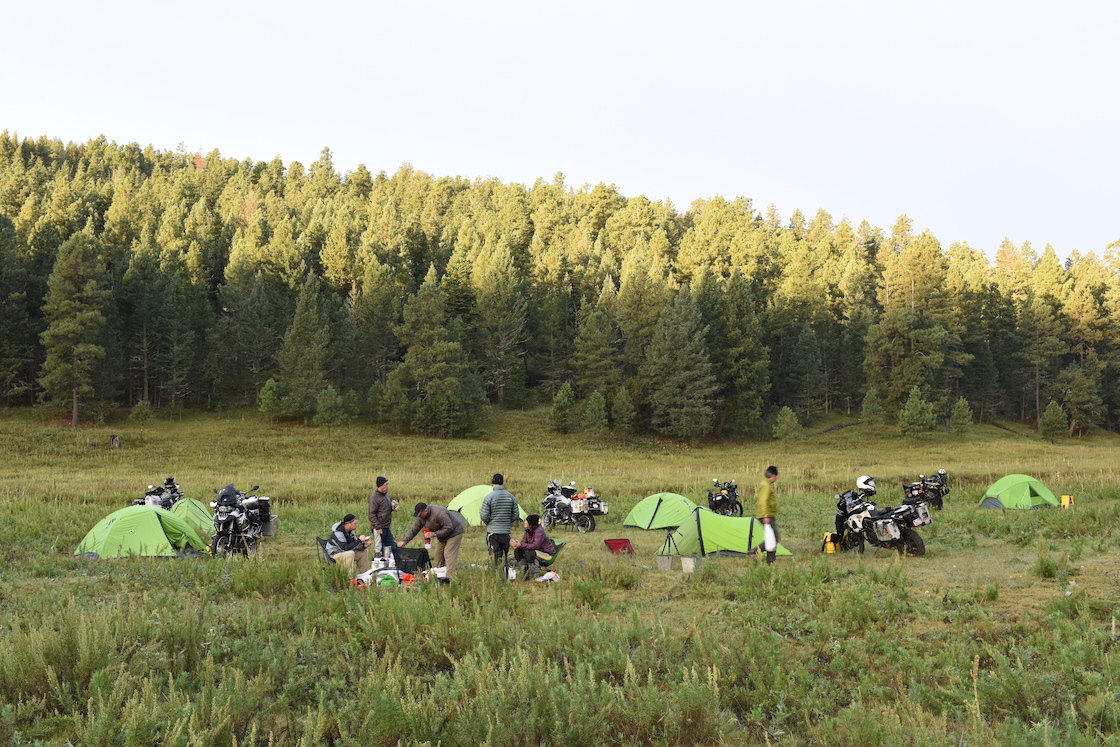
By Ron Lieback
Photos by Jon Beck
Finding a campsite is easy. Finding the perfect campsite is another story. With these tips, we’ll tell you what to look for to find a comfortable, and safe, night’s sleep.
At the end of a long day in the ADV saddle, there are few things better than settling down for the day, setting up camp, and enjoying the night under the stars with a warm meal and fire by your side. Or a night of rain, but let’s not focus on that right now.
But we’ve all been there: your ride takes several unexpected detours and you end up having to set up camp somewhere you didn’t expect. In the dark, no less.
By the next morning, you’ve awoken in amazement. With the advantage of sunlight, you can see how terrible your spot actually was; you’ve slept on a bumpy slope at the bottom of a canyon. One time I set up camp around 11 p.m. and awoke next to a tree with a hornet’s nest…and I’m allergic to the buggers. Needless to say that morning’s packing went extremely slow.
They say what doesn’t kill you makes you stronger, so let’s take these lessons and write them down so other adventure riders can learn from our collective mistakes.
Following are eight tips for finding the perfect campsite on your adventure ride. Some of these might seem obvious, but hopefully, some of these will be added to your bag of tricks the next time you’re looking for a campsite.
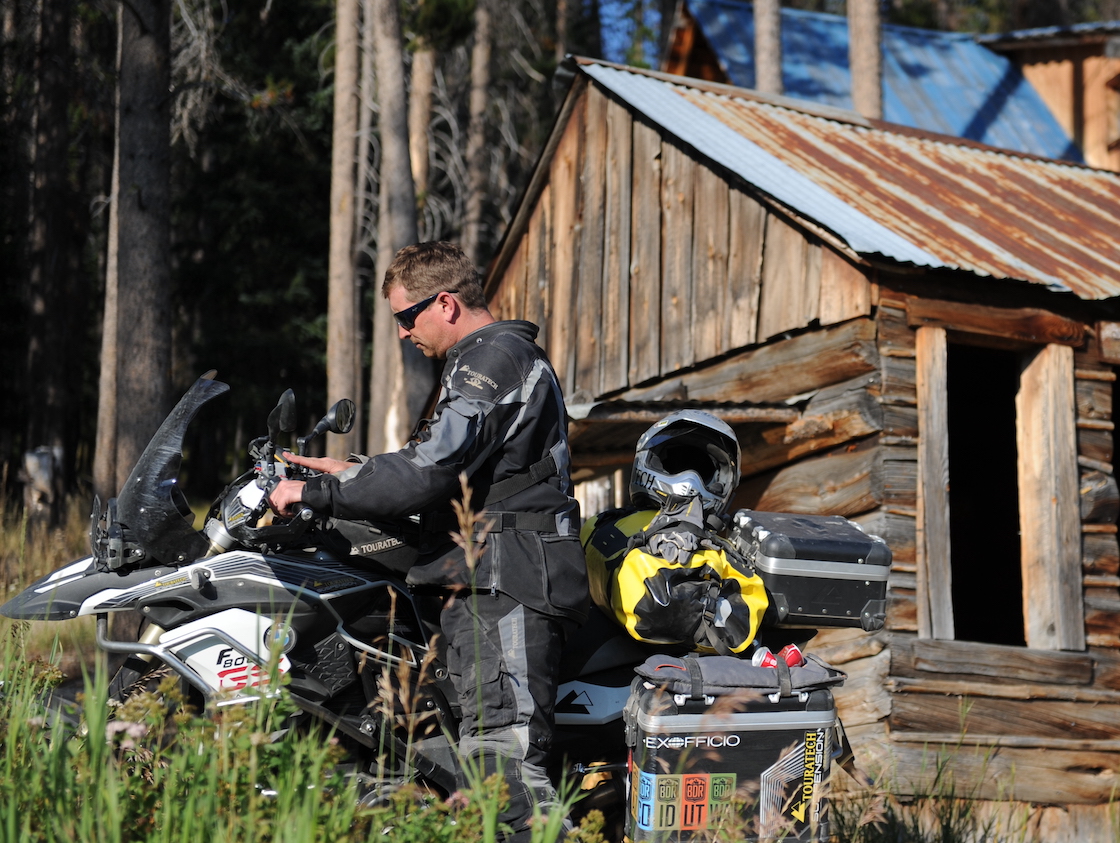
1. Plan Ahead
It goes without saying that the best way to avoid unexpected surprises when finding that perfect campsite is to plan ahead and do your research. Google is your friend here, and wherever you’re going there’s a good chance someone else has already been there and can recommend places to set up camp for the night.
If you’re lucky, they might even include GPS coordinates or pins to point you exactly where to go. Otherwise, look up campsites in the area (and along your route), and even reserve a spot if you need to.
Of course, things can and do go wrong on a trip and even most optimal plans don’t always work out. In times like these having a few apps to help you mid-ride can be a major benefit. I don’t want to sound salesy, so simply Google “camping apps” and you’ll find many.
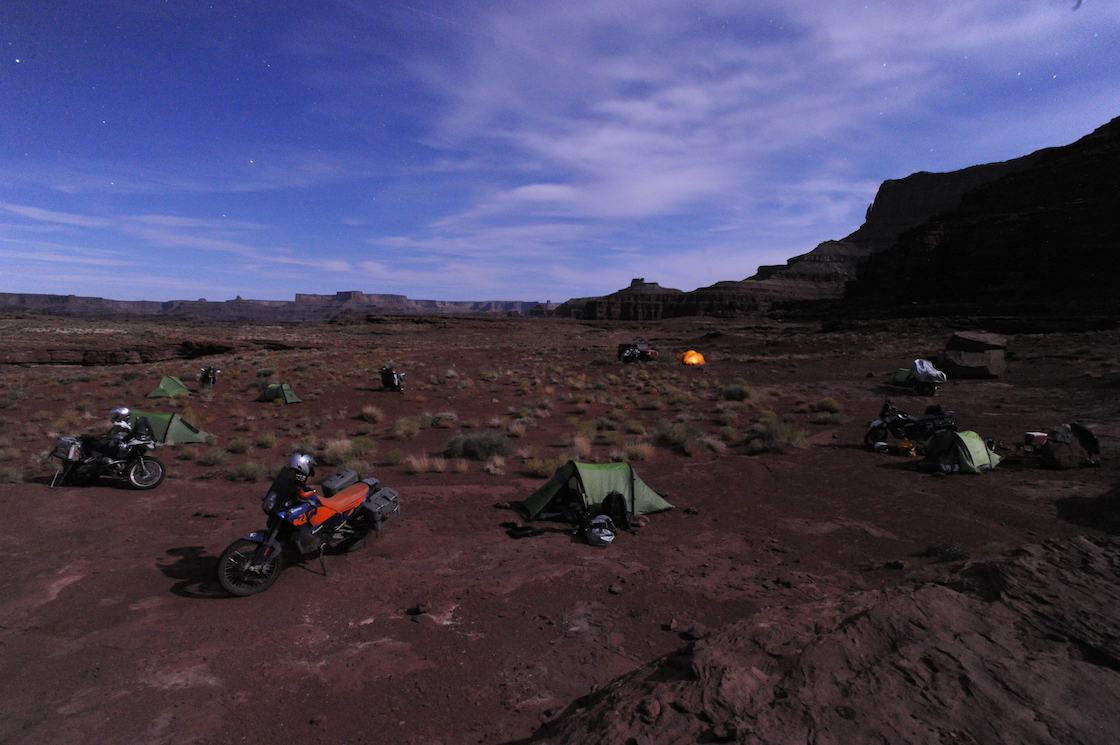
2. Take the High Road
When it comes to elevation, try and pick a spot as high as possible to avoid potential rain from flooding your site.
Keep in mind that while a creek-bed can be a nice spot to set up shop at the end of the day, it can be prone to flooding, potentially from storms you can’t even see. Rainwater from far away could impact the creek you’re at and cause the water levels to rise, and sometimes quicker than you think.
Some of the prettiest campsites are along a creek, but please be aware of the possibility of rising water.
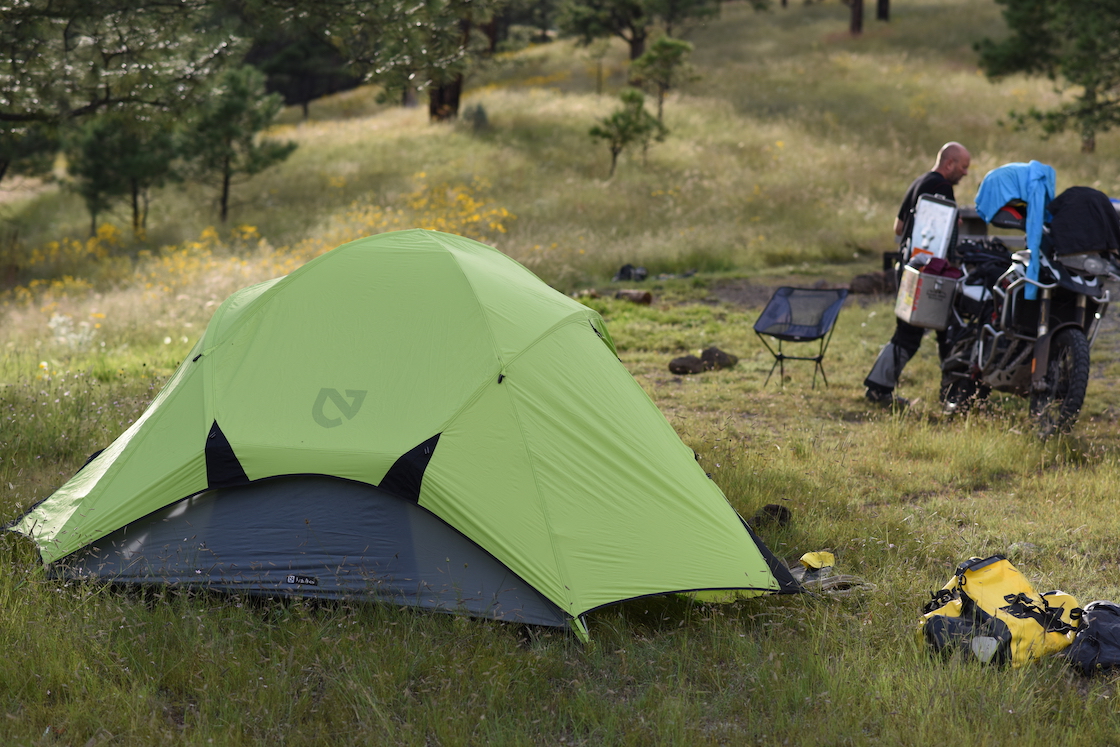
3. Keep It Level
This might seem obvious, but it’s worth repeating. If possible, look for a campsite on level ground. It’ll make your night a little more comfortable. If you can’t, put your head up high and your feet down low. This is my favorite practice because I sleep better when I’m on a slight decline.
While we’re at it, make sure the ground beneath your tent is smooth—nobody likes sleeping on a lumpy surface. If you have to, before setting up your tent, smooth out the surface as best as possible. Your back will thank you for it.
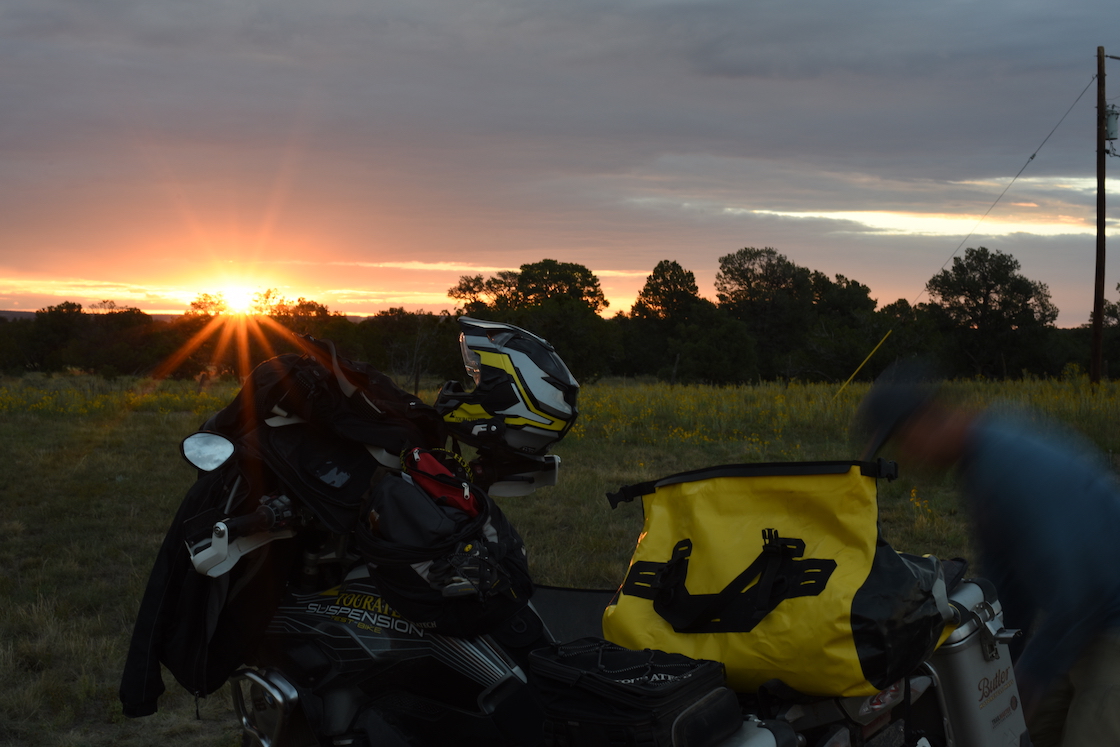
4. Here Comes The Sun
You have a compass with you, right? Use it to determine which way the sun will rise (it comes up from the east, remember) and orient your tent door accordingly.
Getting up in the morning on your own terms instead of having the sun blast through your tent wall and into your retinas sounds far more pleasant. While we’re at it, take advantage of any shade your site might provide to keep you cooler and block the sun’s rays.
But sometimes in desert or hotter climates that sun may cook your tent in the morning, so you’ll want to be positioned away from it. Or you’re camping in much cooler climates and want all that sun baking your tent as much as possible. Do what’s best for your comfort—and let the sun assist as needed (or not).
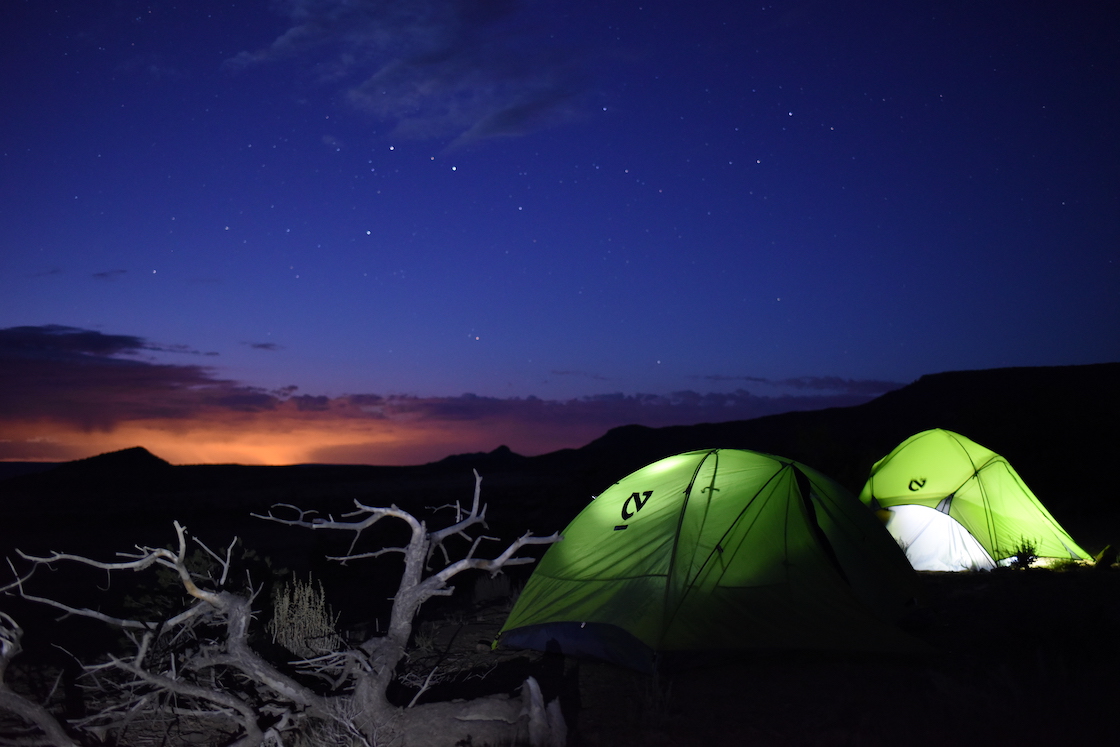
5. Traffic
Setting up camp away from high-traffic areas is the way to go. The reasons should be obvious, but you’ll have the benefits of less noise, a lower chance of onlookers snooping through your things, and an overall nicer experience. If the day gets away from you and you find yourself at your campsite at night, gauging the traffic might be more difficult.
Plus, sometimes I’m the louder party when the cigars start ripping and the drinks start flowing, so I never want to be that jerk to others trying to enjoy a good evening of solitude.
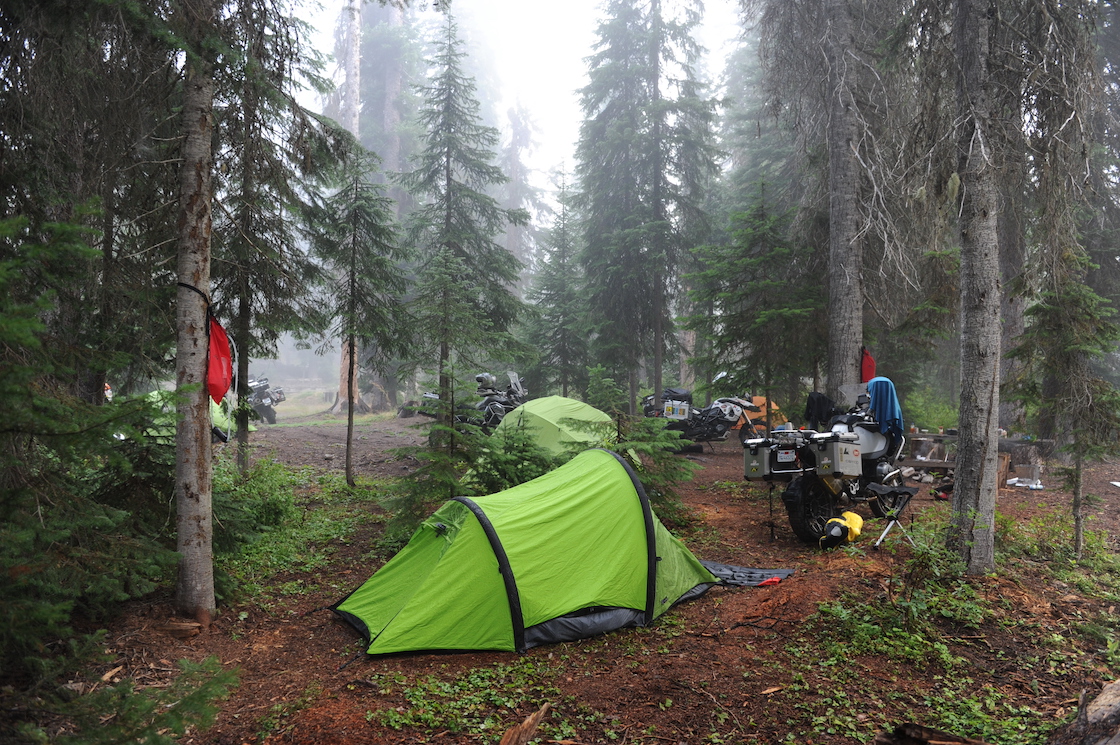
6. Watch The Weather
Closely! Of course, you’ll do your best to monitor the weather before your trip, but if you’re out for a long adventure, keep an eye on the weather regularly during your trip and avoid storms and bad weather as much as possible.
This might mean changing your route or riding for a longer or shorter amount of time than originally planned to avoid a storm, but the benefits of doing such should be fairly obvious. That said, if you absolutely have to set up your campsite in an area predicted for bad weather, remember the tips above for high elevation and level ground. If possible, ensure your campsite has good drainage, too.
I once idiotically parked my bike near the low point of the campsite. Little did I know that a quick rainstorm at night would produce just enough water to moisten the ground and allow my bike to sink and tip over. And that was with an enormous aftermarket kickstand plate.

7. Water
The last point was about avoiding water, but this one is about having enough. We humans have a love/hate relationship with water. We need it to survive, but we only want it when it benefits us.
In this case, make sure you have access to water at your campsite—or know-how and/or where to get some such as a creek nearby. It’ll serve you well for washing up those stinky armpits and cooking.
However, if you don’t have access to clean water and plan on drinking some, be sure to boil it or bring purification tablets to kill off any bacteria. I’ve seen one person get sick from contaminated water while camping, and it wasn’t too pretty.
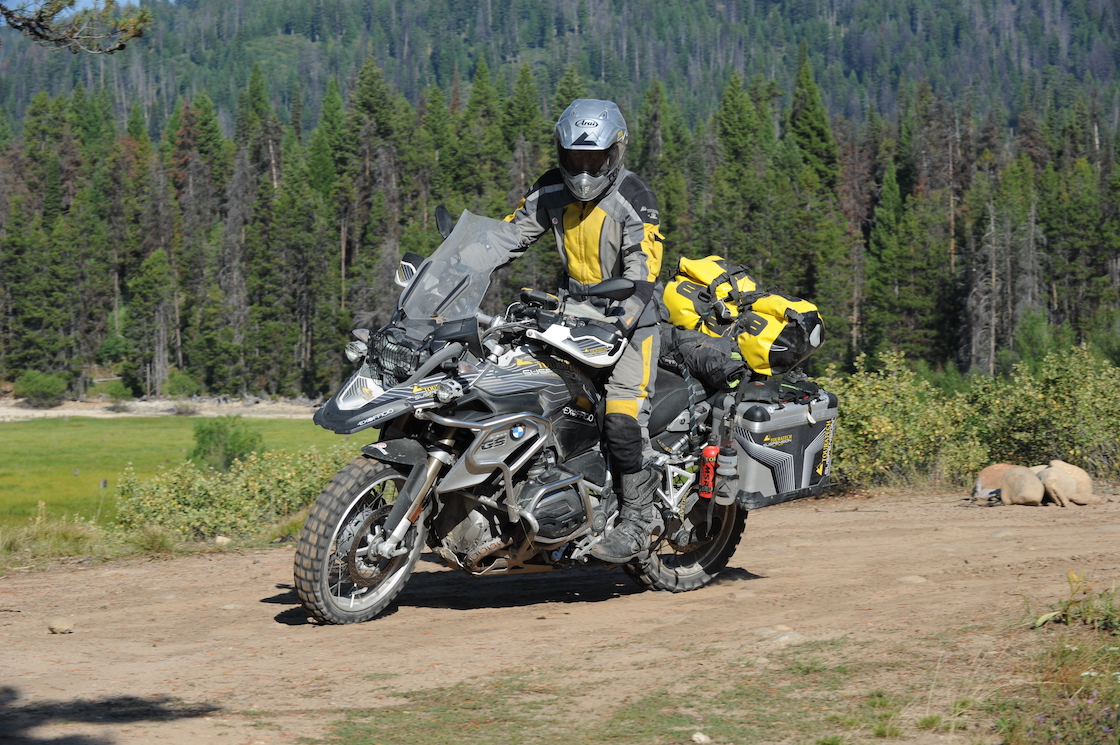
8. Leave No Trace
While we love nature as much as the next person after we’re done enjoying our campsite and soaking in everything it has to offer, be responsible and leave your site as you found it. Or better. Pick up and dispose of your trash, and leave no evidence you were ever there. Mother Nature thanks you for it.
I’ve had many experiences of trash being left at campsites I’ve used. Of course, I cleaned up after others to preserve it for the next rider or camper, but it pains me to do so. Always take in what you take out.
Be mindful of these above tips, and your next adventure motorcycling camping trip will certainly be more enjoyable. You’ll also have a better night’s rest, which equates to the ultimate need on any serious riding: more energy and focus to remain safer and happier.
